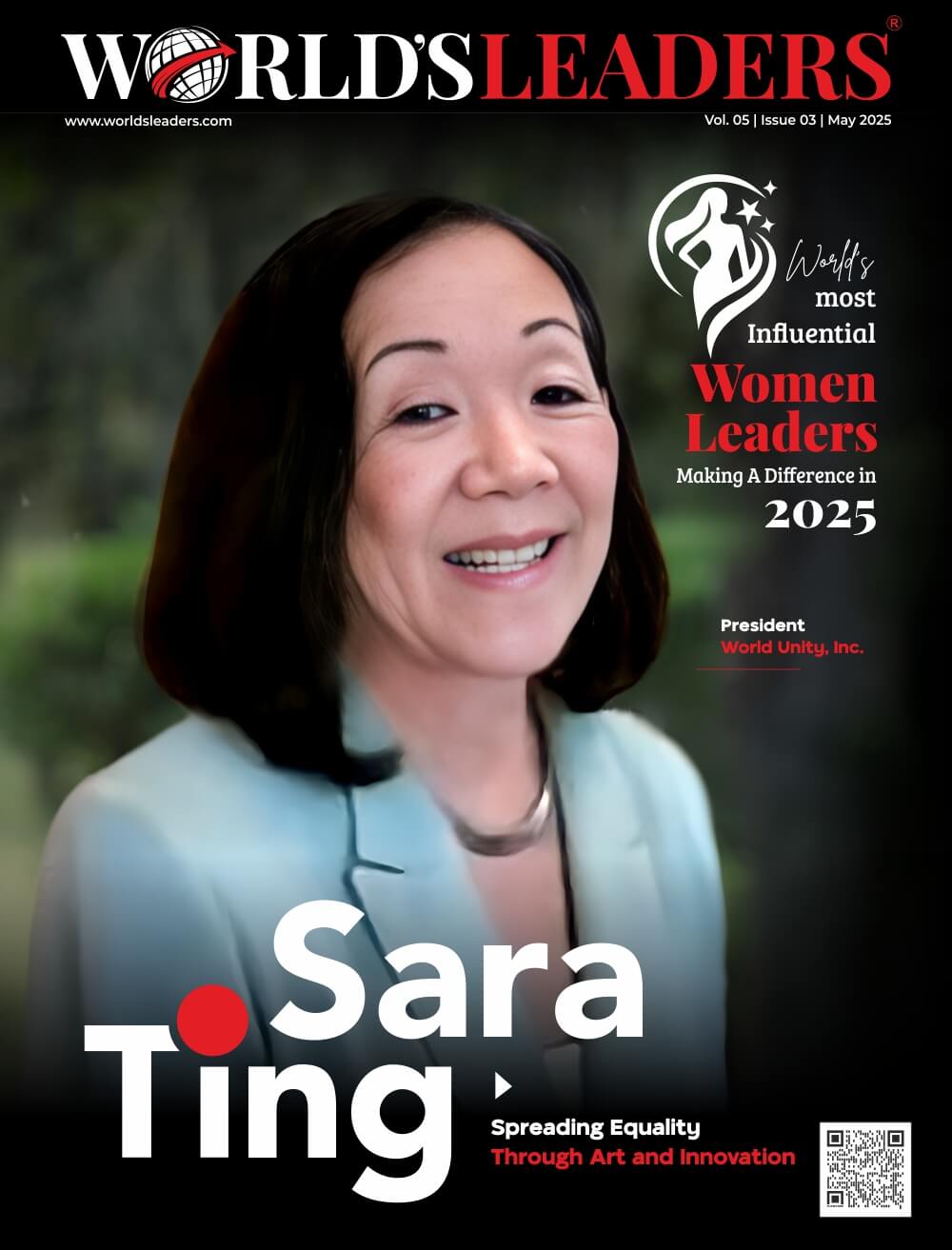The era of low interest rates and inflation that started with the 2008 financial crisis has come to an end, according to the U.S. bond market. What happens next is uncertain.
The perspective of the market has been increasingly clear in recent days as a result of a spectacular rise in 10-year Treasury rates to 16-year highs.
Investors and a frequently updated New York Fed model based on rates support the idea that the disinflationary pressures the Federal Reserve battled with its cheap money policies in the wake of the financial crisis have subsided.
Instead, it demonstrates that investors now think the US economy is most likely in a state of “high-pressure equilibrium,” which is marked by inflation that is over the Fed’s 2% objective, low unemployment, and robust growth.
Portfolio manager at DoubleLine Greg Whiteley declared, “We have entered a new era here. It won’t be necessary to fight to raise the inflation rate, she said. It will exert effort to keep it in check.
This significant change in the rate forecast has far-reaching effects on industry, policy, and the general public. While increased interest rates are a wonderful thing for savers, during the past 15 years, individuals and companies have become accustomed to paying nothing for money. The transition to a higher rate environment that lasts longer might be difficult, leading to failing company models and expensive houses and vehicles.
Additionally, it may compel the Fed to keep hiking rates until something fails once again, as three regional banks in the United States did in March. Neel Kashkari, president of the Minneapolis Federal Reserve, stated in a letter last week that if the economy were in a high-pressure equilibrium, the Fed would “have to raise rates further, potentially going significantly higher to push inflation back down to our target.”





